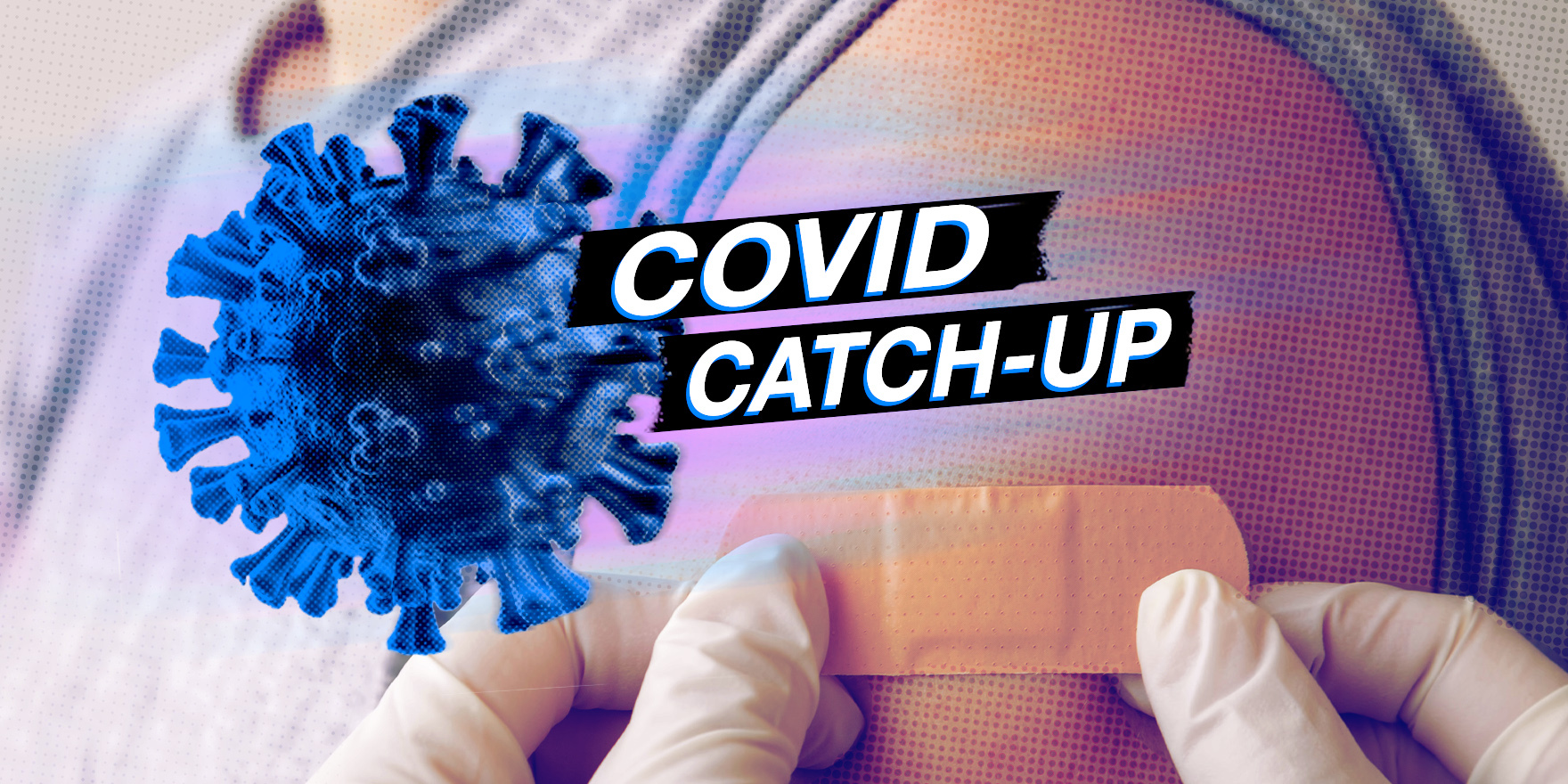And the RACGP has new PPE advice, including ‘cohorting’ face-to-face patients into those with respiratory and non-respiratory symptoms.
Welcome to The Medical Republic‘s COVID Catch-Up.
It’s the day’s COVID-19 news into one convenient post. Email bianca@biancanogrady.com with any tips, comments or feedback.
1 September
- Nearly nine out of ten Australians would get a COVID-19 vaccine when it becomes available.
- RACGP has suggestions on conserving PPE in general practice.
- Mobile phone traffic in and outside home residences forecasts COVID-19 growth.
- Victoria’s COVID-19 numbers continue to drop.
- Nearly nine out of 10 Australians and three-quarters of people globally say they would get a COVID-19 vaccine if one were available, according to a survey done on behalf of the World Health Organisation.
The poll of nearly 20,000 adults from 27 countries found that nearly 60% of respondents don’t expect a vaccine to become available this year, but 88% of Australians said they would get vaccinated; the third-highest figure after China and Brazil.
Among those who said they wouldn’t get vaccinated, nearly half said it was because of concerns about side effects, one-quarter because of doubts about effectiveness, 18% because they perceived they weren’t at enough risk of COVID-19, and another 18% because of general opposition to vaccines. - The RACGP has advised measures such as ‘cohorting’ face-to-face patients into those with respiratory and non-respiratory symptoms to reduce the need to change PPE between each consultation.
The college has put together recommendations for optimising the use of PPE in general practice during the pandemic. These include using telehealth as much as possible, and make use of GP-led respiratory clinics to minimise demands on PPE in general practice. Surgical masks can be worn for up to four hours, but should not be reused. The document also reiterates the advice from AHPPC and the Communicable Diseases Network Australia that P2/N95 masks are only recommended for use during ‘aerosol-generating procedures’. - A decrease in mobile phone traffic at workplaces, retail locations, transit stations and grocery stores, and an increase in activity at people’s private residences, is associated with lower incidence of COVID-19 in the following weeks, research suggests.
Writing in JAMA Internal Medicine, researchers in the US used county-level daily mobile phone location data and county-level daily COVID-19 case data to see whether smartphone location data could paint a picture of human behaviour during the pandemic, and how this related to disease growth rates.
They found that counties which showed the smallest declines in mobile phone activity in workplaces, transit stations and retail areas, and the smallest increases in activity in residences, also showed the higher percentage growth in COVID-19 cases in the following five, 10 and 15 days.
Counties that had the highest levels of residential mobile phone activity had 19% lower COVID-19 growth rates than those with the lowest levels of residential activity.
“The immediate implication of these results is that it supports the use of cell phone data as a measure of adherence to stay-at-home advisories and may act as a prognostic measure that may help to identify areas at greatest risk for more rapid growth of the epidemic,” the authors wrote. - As the global tally of COVID-19 cases passes 25 million, Victoria achieves a significant victory with just 73 new cases of COVID-19 reported yesterday.
Here are the latest confirmed COVID-19 infection numbers from around Australia, to 9pm Monday:
National – 25,746, with 652 deaths
ACT – 113 (0)
NSW – 4050 (10)
NT – 33 (0)
QLD – 1122 (1)
SA – 463 (0)
TAS – 230 (0)
VIC – 19,080 (73)
WA – 655 (0)



